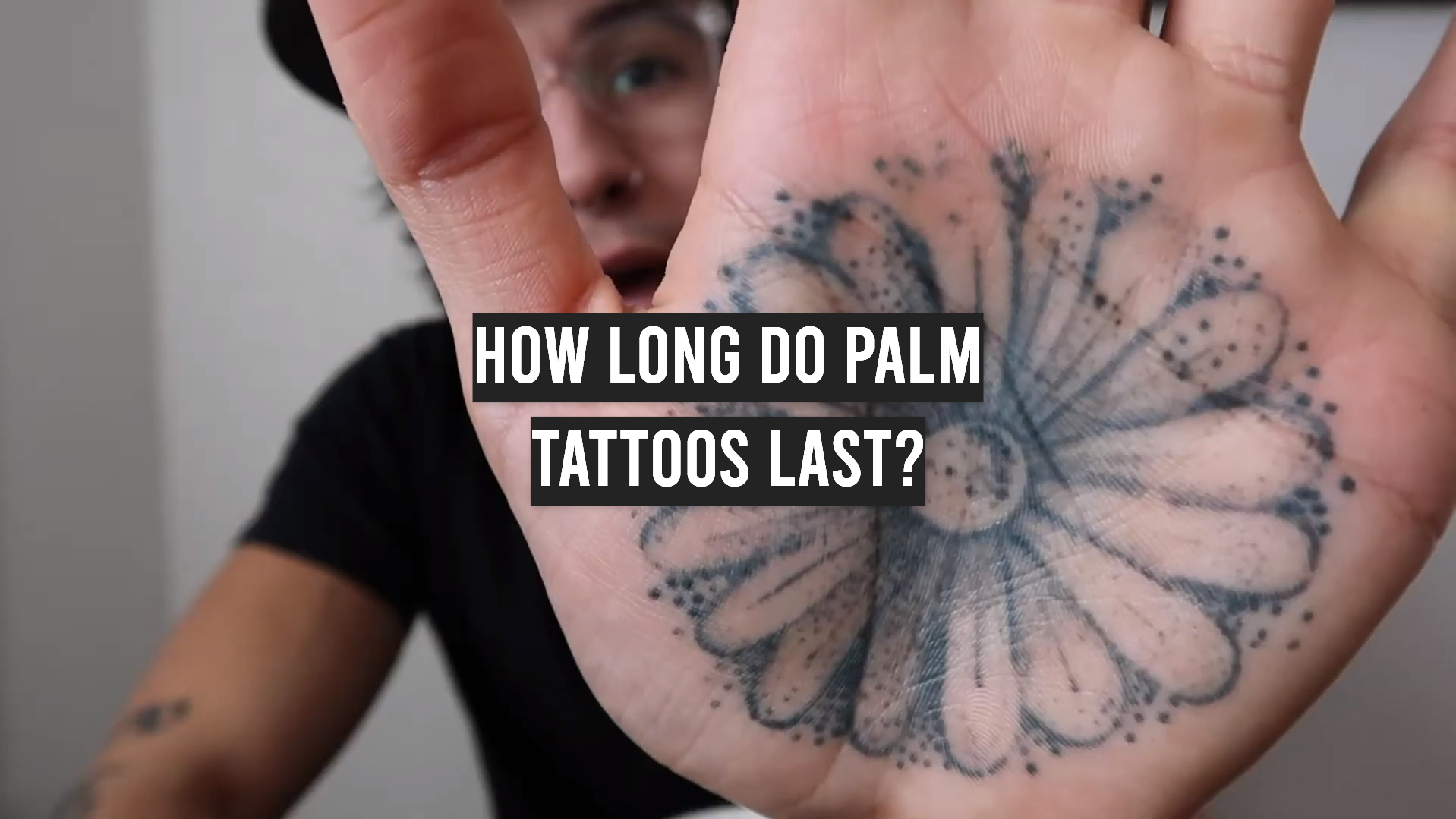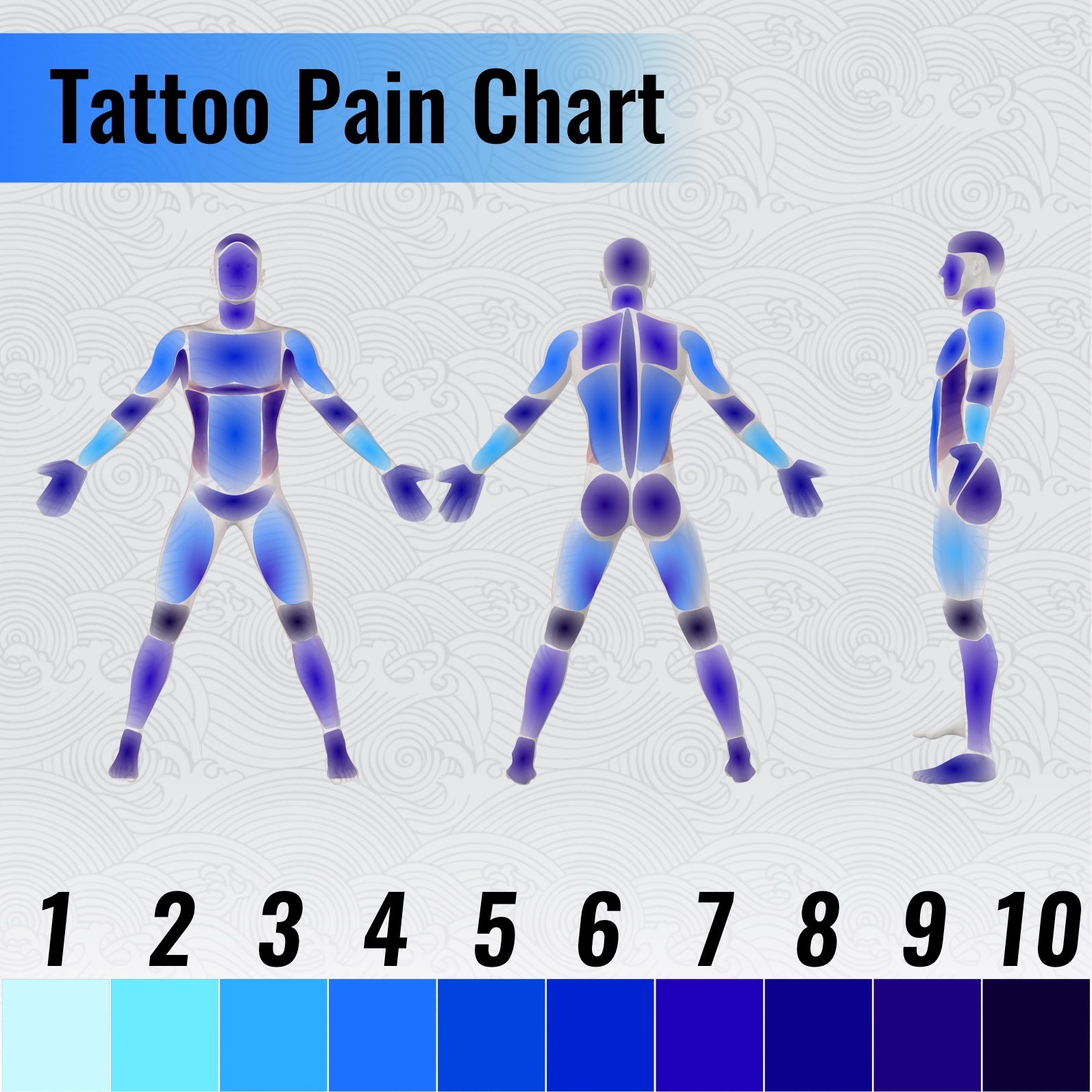
Okay, so you’re thinking about getting a sunflower tattoo on your inner arm, huh?
I get it.
It’s a big decision.
Like, forever-on-your-body big.
Is it just a fleeting fancy?
Or are you genuinely connected to the meaning?
Will you still love it in ten years?
Let’s unpack this whole "sunflower tattoo on my inner arm" thing.
Should I Really Get A Sunflower Tattoo On My Inner Arm?
Seriously, though, is it the right move for you?
That’s what we need to figure out.
I’m not gonna tell you what to do.
But I will give you some food for thought.
Why Sunflowers?
Sunflowers are super popular for a reason.
They represent:
- Adoration and loyalty: They literally follow the sun.
- Happiness and optimism: Bright yellow and always facing the light.
- Longevity: They’re strong and resilient.
- Good luck: In some cultures, they symbolize wealth and abundance.
Do any of these resonate with you?
Maybe you’ve overcome a dark period in your life.
A sunflower could symbolize your journey towards the light.
Or maybe you just really dig the aesthetic.
That’s cool too!
Inner Arm Placement: The Pros and Cons
Okay, let’s talk real estate.
Your inner arm is a pretty visible spot.
Pros:
- Relatively low pain: Compared to ribs or feet, it’s usually not too bad.
- Easy to show off: Short sleeves? Boom.
- Easy to conceal: Long sleeves? Gone.
- Good for detail: Decent amount of space for intricate designs.
Cons:
- Sun exposure: Can fade the tattoo over time if you’re not careful. Sunscreen is your friend!
- Potential for stretching: Skin can stretch, especially with weight fluctuations.
- Job considerations: Some professions might frown upon visible tattoos.
Think about your lifestyle and future plans.
Will a visible tattoo be an issue?
Design Considerations: More Than Just a Flower
Don’t just slap any old sunflower on your arm.
Think about the design!
- Size: How big do you want it? A small, delicate flower? Or a bold, statement piece?
- Style: Realistic? Geometric? Watercolor?
- Color: Traditional yellow? Black and gray? Something totally different?
- Details: Bees? Leaves? Quotes? Other symbols?
Real Life Example: My friend Sarah got a sunflower with a tiny bee buzzing around it. It represented her connection to nature and her busy, productive life.
Consider working with a tattoo artist who specializes in floral designs.
Check out their portfolio.
Make sure you vibe with their style.
Finding the Right Artist
This is crucial.
Don’t just walk into any random shop.
Do your research!
- Read reviews: See what other people are saying.
- Check out their portfolio: Make sure they’re skilled in the style you want.
- Consult with them: Discuss your ideas and get their input.
- Ask about their sterilization practices: Safety first!
A good artist will help you bring your vision to life.
They can also advise you on placement, size, and design.
Should I Get A Sunflower Tattoo On My Inner Arm?: Final Thoughts
Ultimately, the decision is yours.
But hopefully, I’ve given you some things to consider.
Don’t rush into it.
Take your time.
Do your research.
And most importantly, make sure it’s something you truly love.
Now, go forth and bloom, or at least consider if blooming on your arm is right for you, and remember that the decision of whether or not to get that sunflower tattoo on my inner arm is a personal one.
FAQ: Sunflower Tattoo Edition
Q: Does getting a tattoo on my inner arm hurt?
A: Pain is subjective, but most people rate the inner arm as relatively low on the pain scale. Think more annoying than excruciating.
Q: How much does a sunflower tattoo cost?
A: It depends on the size, detail, and artist’s rates. Get a quote from your chosen artist.
Q: Will my sunflower tattoo fade?
A: All tattoos fade over time, but proper aftercare and sun protection can help minimize fading.
Q: What if I regret my tattoo later?
A: Tattoo removal is an option, but it’s expensive and painful. That’s why it’s so important to think things through beforehand!
Q: Is there any cultural significance to sunflower tattoos I should be aware of?
A: Sunflowers are generally positive symbols, but it’s always a good idea to research any specific cultural interpretations if you’re concerned.
















:max_bytes(150000):strip_icc()/wristtats-18b2f690ded0464792835093f5050708.jpg?w=1200&resize=1200,0&ssl=1)
:max_bytes(150000):strip_icc()/wristtats-18b2f690ded0464792835093f5050708.jpg)